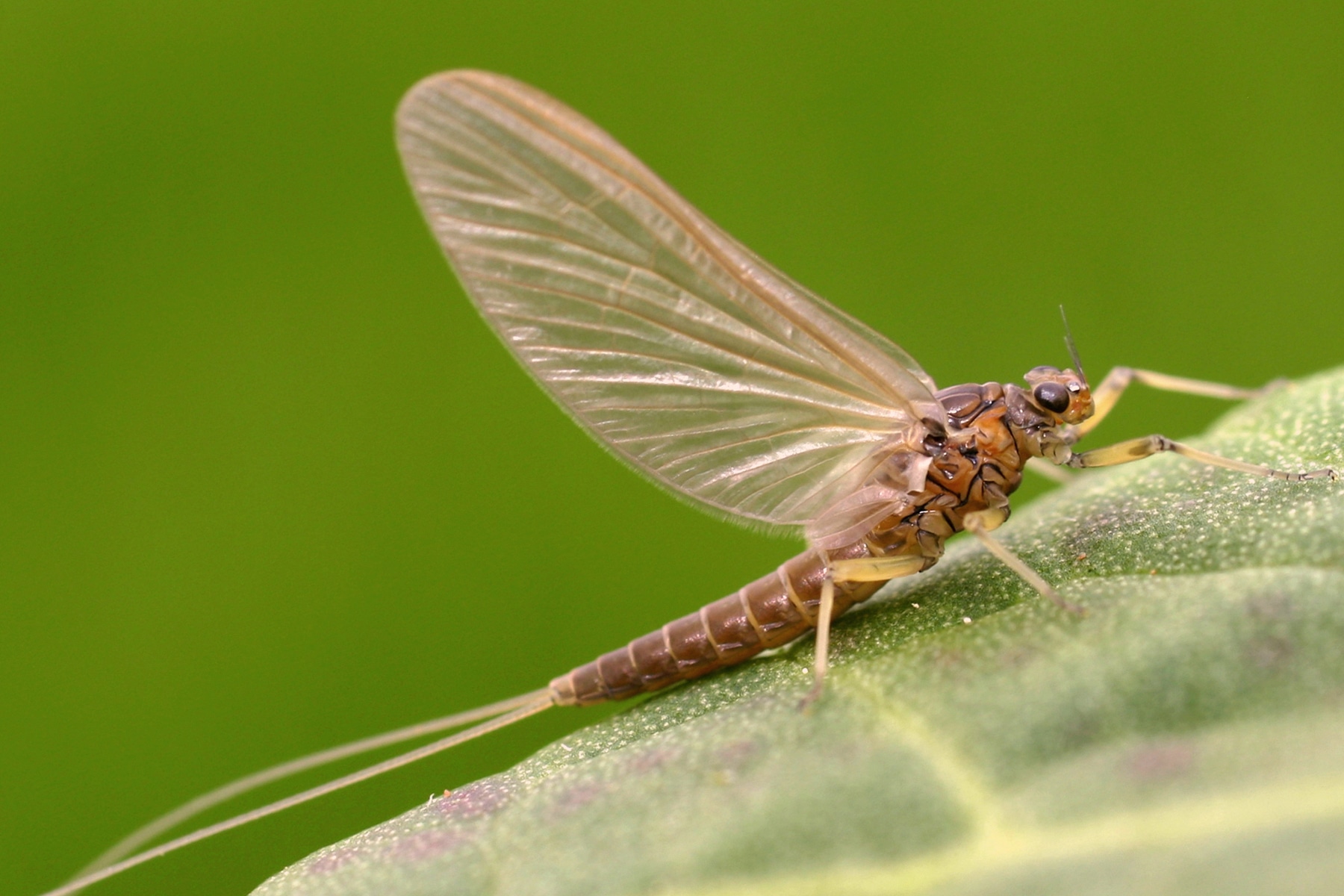Mayfly Biology and Behavior
Mayflies belong to the order Ephemeroptera and are characterized by their short adult lifespan, usually lasting only a few days. They have two or three long tails, two or three long thread-like cerci, and two or three gills on the thorax. The larvae, called nymphs, are aquatic and have six legs, two or three gills, and no tails.
The body of adult mayflies is divided into three segments: head, thorax, and abdomen. The head contains the eyes, antennae, and mouthparts. The thorax contains the wings, legs, and gills. The abdomen contains the reproductive organs and the cerci.
Mayflies have two or three long tails, called caudal filaments, which are used for balance and steering during flight. They also have two or three cerci, which are long, thread-like appendages that are used for sensing their environment.
Mayflies have two or three pairs of gills on the thorax, which are used for respiration. These gills are usually located on the sides of the thorax, but in some species, they are located on the ventral side.
Mayflies undergo complete metamorphosis, meaning that they go through four stages of development: egg, nymph, subimago, and imago. The eggs are laid in the water, and the nymphs hatch from the eggs. Nymphs are aquatic and spend most of their time in the water. They have six legs, two or three gills, and no tails. They resemble the adult mayflies but are smaller and lack wings.
The nymphs undergo several molts before reaching the subimago stage. Subimagos are the final stage before the mayfly becomes an adult. During this stage, the mayflies can be found on the surface of the water and are highly vulnerable to fish. They have wings but are not fully developed.
The subimagos molt one more time to reach the imago stage. Imagos are the adult stage and have fully developed wings, reproductive organs, and cerci. They can fly and mate during this stage, but their lifespan is usually only a few days.
Mayflies are important indicators of water quality and are commonly found in clean, oxygen-rich streams and rivers. They are a crucial food source for many aquatic animals, including fish, birds, and other insects.
Mayflies and Fly Anglers
Knowing the biology and behavior of mayflies can greatly aid a fly angler in several ways.
First, understanding the lifecycle of mayflies can help anglers to predict when certain species will be most active. For example, if an angler knows that the Eastern Green Drake (Drunella grandis) hatches in the late spring and early summer, they can plan their fishing trip accordingly and be prepared to imitate that species of mayfly during that time.
Second, understanding the behavior of mayflies can help anglers to mimic the natural insects more effectively. For example, if an angler knows that the Western Green Drake (Ephemera simulans) tends to skitter across the surface of the water during their emergence, they can use a dry fly with a twitching or skittering action, such as a “Dave’s Hopper” pattern to imitate that behavior. Similarly, if an angler knows that the Olive Drake (Ephemera guttulata) tends to dive below the surface, they can use a wet fly with a diving action, such as a “Pheasant Tail Nymph” pattern to imitate that behavior.
Third, understanding the preferred habitat of mayflies can help anglers to locate the best fishing spots. For example, if an angler knows that the Gray Drake (Siphlonurus aestivalis) prefers cold, fast-moving streams and rivers, they can focus their fishing efforts in those types of environments where they are more likely to find that species of mayfly.
Lastly, understanding the importance of mayflies as a food source for fish can help anglers to make informed decisions about which flies to use. For example, if an angler knows that a Brown trout (Salmo trutta) feeds heavily on mayflies, they can use mayfly imitations such as “Elk Hair Caddis” or “Parachute Adams” as their primary fly to increase the chances of catching that species of fish.
Overall, understanding the biology and behavior of mayflies can greatly improve an angler’s success in catching fish. By matching the hatch and mimicking the natural insects that fish are feeding on, anglers can present the fly in a way that is more likely to be accepted by the fish.








